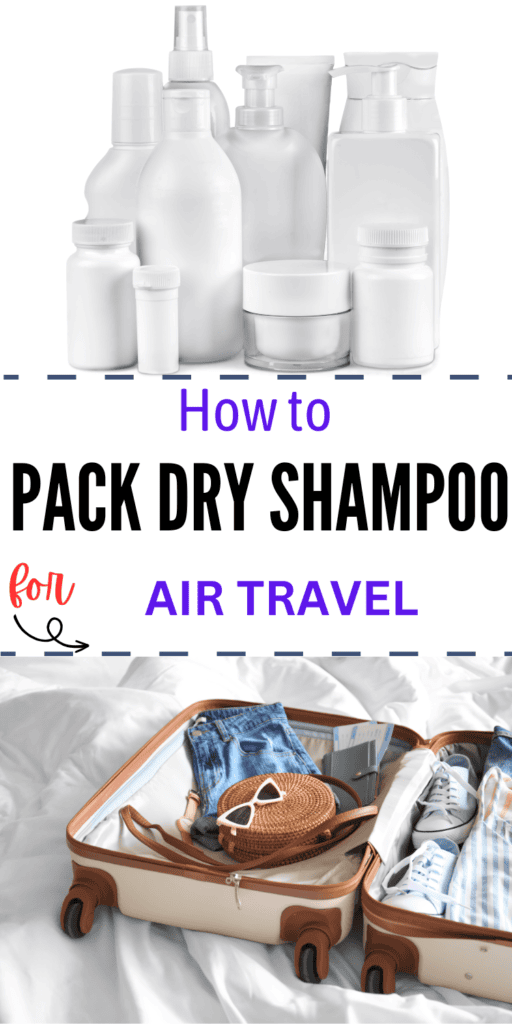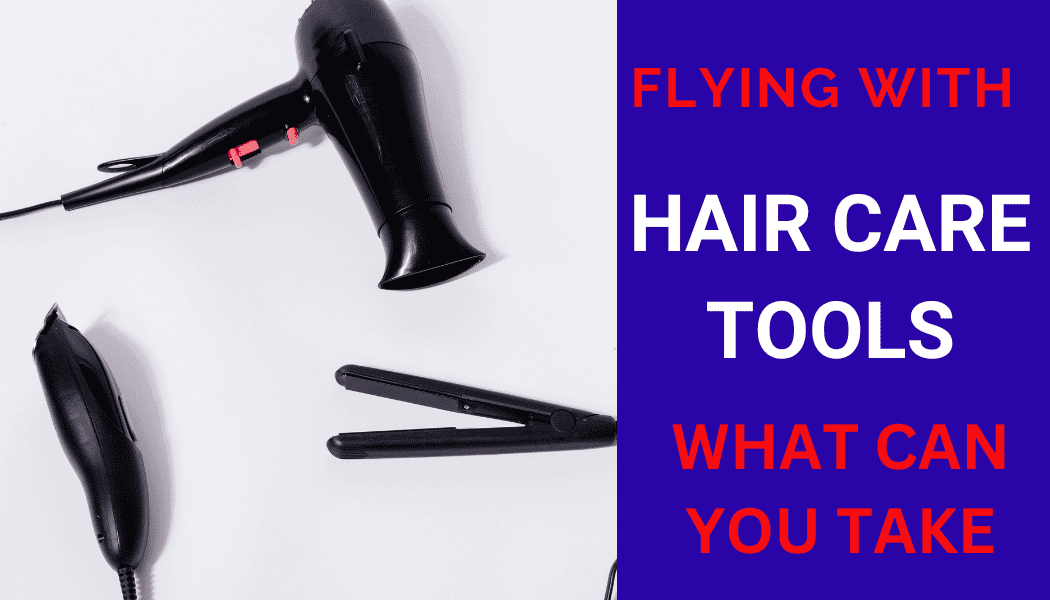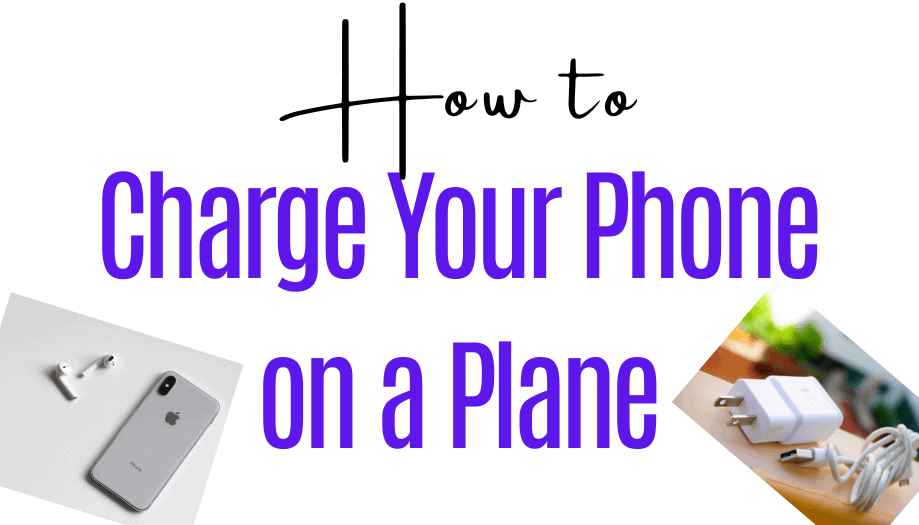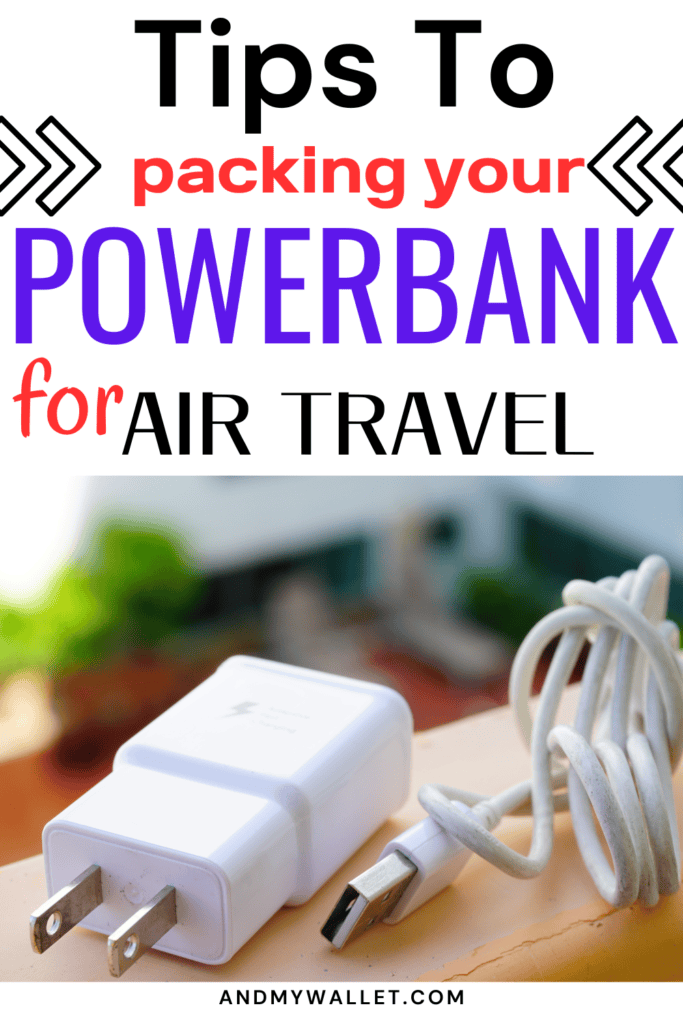When it comes to selecting luggage, consumers are often confronted with many brands and options, making the choice far from straightforward.
Traveler’s Choice emerges as one of the contenders in the market, boasting a range of products that cater to various travel needs. Established in 1984, Traveler’s Choice has committed itself to providing quality luggage to travelers worldwide, ranging from carry-ons to full-size suitcases.
In assessing the quality of Traveler’s Choice luggage, one must consider durability, design, functionality, and value for money.
They offer luggage constructed with materials designed to withstand the rigors of travel.
Features such as expandability, TSA-approved locks, and smooth dual-spinner wheels are commonly found in their products, aiming to enhance the traveler’s experience.
Traveler’s Choice has garnered attention in the industry for its innovation, such as the incorporation of USB ports in carry-on pieces for on-the-go charging.
Their affordable luggage is designed with an understanding of travelers’ evolving needs and durability issues, striving to provide practical solutions within their product line.
The brand’s presence in the market over the years and its ability to maintain a loyal customer base speaks to its reputation for delivering reliable luggage.
Overview of Traveler’s Choice
Traveler’s Choice is renowned for its wide array of luggage options that cater to different budgets, merging affordability with durability. The brand commands attention in the market through its commitment to quality and competitive pricing.
Brand History
Traveler’s Choice began its journey in California, with a mission to provide travelers with quality suitcases and travel accessories at affordable prices.
Over the years, it has expanded its brand presence and has become a respected name in the travel industry, appealing to a broad audience through its value-oriented approach.
Product Range
The Traveler’s Choice product line includes a diverse selection of luggage, from carry-ons and backpacks to large suitcases.
They offer a variety of designs and features to meet the needs of different travelers, ensuring that whether a customer is looking for a compact bag for a short business trip or a more substantial suitcase for extended travel, they have options.
Products are crafted to balance cost and quality, solidifying the brand’s reputation as an affordable yet resilient choice.
Market Position
Traveler’s Choice has strategically positioned itself as a value-driven brand that does not compromise on quality.
It is not positioned as an expensive luxury brand unlike competitors like Samsonite suitcases, but rather as an accessible choice for cost-conscious consumers.
They’ve successfully established themselves as a reliable option for travelers seeking luggage that is both economical and durable with maximum protection.
Their market stance is not of exclusivity, but of inclusivity, aiming to equip a wide range of travelers with the gear they need to journey with confidence through crowded airports.
Design and Aesthetics
Traveler’s Choice luggage has garnered attention for its thoughtful design and appealing aesthetics with a main compartment, mesh pockets, built-in USB port, durable hardshell material or durable polyester fabric, corner guard protectors, expandable zippers, aluminum wheel handle for a perfect blend of strength and effortless mobility.
Each piece showcases a blend of functionality and style, aiming to meet the practical needs of travelers while pleasing the eye.
Visual Appeal
The visual appeal of Traveler’s Choice luggage lies in its sleek lines and modern contours.
Polycarbonate shells and ABS materials are crafted to not only withstand the rigors of travel but also maintain a pleasing look.
The design elements typically feature structured shapes that provide a chic and professional appearance, making them suitable for both leisure and business travel.
Material Quality
Traveler’s Choice utilizes high-quality materials to construct their luggage.
The majority of their hard-shell suitcase and hard-sided bags are made from durable polycarbonate, known for its resilience against impacts and scratches.
ABS is also frequently used for its toughness and lightweight properties.
Softside luggage often employs sturdy polyester fabrics that enhance the longevity and maintain the look of the bags over time as they are scratch resistant.
Color and Style Options
The brand offers a variety of color and style options to cater to diverse tastes.
Traveler’s Choice luggage comes in an array of hues, from classic black to vibrant colors, ensuring there is something to match any traveler’s style.
The luggage styles range from traditional suitcases to contemporary ones, with features like textured finishes and color accents that cater to different preferences.
Polycarbonate and ABS pieces are particularly notable for their glossy finishes and the depth of color they can achieve.
Functionality and Features
Traveler’s Choice luggage is designed with a focus on functionality and the integration of practical features that cater to the needs of modern travelers from side carry handles, and reinforced corner guards to 2-wheeled carry-ons, there is something for everyone.
Wheels and Mobility
Traveler’s Choice suitcases typically feature spinner wheels, enabling 360-degree movement which allows for effortless maneuverability through airports, train stations, and uneven surfaces.
Many models are equipped with double-spinner wheels that provide additional stability and smoother rolling over different terrains or busy streets.
Handles and Zippers
The luggage comes with ergonomic handles that are designed to minimize hand fatigue. The telescoping handle usually has a locking mechanism for adjustability and security.
Zippers are an important aspect, with most suitcases featuring sturdy zippers that can withstand the rigors of travel.
Some models include an expandable zipper, allowing for increased packing capacity when needed.
Storage and Organization
Traveler’s Choice luggage offers a range of storage options, from multiple zippered pockets for small items to well-organized compartments that help keep belongings separated and easily accessible.
The interior is designed to maximize space, with features like tie-down straps to hold items in place during transit.
Durability and Protection
Traveler’s Choice luggage is designed with the traveler’s needs in mind, particularly in terms of durability and protection. These aspects are fundamental for ensuring a traveler’s belongings are safe and secure during transit.
Material Durability
Traveler’s Choice utilizes high-quality materials such as polycarbonate and ABS (Acrylonitrile Butadiene Styrene) for hard-shell suitcases, offering a strong yet lightweight solution.
Polycarbonate is known for its resistance to impact, making it less likely to crack under pressure.
For soft luggage options, polyester is a common fabric, prized for its resilience against wear and tear.
This material choice directly contributes to the longevity and robustness of the luggage.
- Hard-shell materials:
- Polycarbonate – High impact resistance, lightweight
- ABS – Sturdy, cost-effective
- Soft-shell material:
- Polyester – Durable, tear-resistant
Security Features
The luggage often features TSA-approved locks, which are a vital security asset for travelers going through airport security.
These TSA-friendly combination locks ensure that the luggage can be inspected by TSA agents without damaging the lock or suitcase.
TSA-approved combination locks add an extra layer of security, as only the owner and TSA agents have access to the contents of the bag.
- TSA Lock Types:
- TSA-Approved Lock – Inspectable by TSA without damage
- TSA-Approved Combination Lock – Secure, personalized code for access
Warranty and Repairs
Most Traveler’s Choice products come with a warranty that covers defects in material and workmanship.
The warranties vary depending on the product line but reflect the company’s confidence in their luggage’s durability.
In case of any damage within the warranty period that is due to a manufacturing defect, repairs or replacements are typically offered.
- Warranty Coverage:
- Duration – Varies by product line (check individual warranties)
- Protection – Against material and workmanship defects
- Services – Repair or replacement of defective items
Size and Weight Considerations
When selecting Traveler’s Choice luggage, consumers need to consider size and weight to ensure that their choices align with airline regulations and personal travel needs.
Carry-On Compliance
Traveler’s Choice offers various carry-on options that adhere to the standard dimensions set by most airlines.
A typical carry-on from this brand measures 22 inches x 14 inches x 9 inches, which meets the requirements of many airlines’ overhead compartments. The brand ensures that the carry-on size is within the following range:
- Height: 18-22 inches
- Width: 13-14 inches
- Depth: 9 inches or less
Passengers should verify the exact carry-on specifications of their chosen airline as they can vary slightly.
Checked Baggage Options
For those requiring more space, Traveler’s Choice provides a selection of larger suitcases designed for checked baggage.
These checked bags typically come in dimensions that maximize the allowable space while keeping within airline limits, which often encompass:
- Height: 23-32 inches
- Width: 18-20 inches
- Depth: 10-12 inches
Checked bags from Traveler’s Choice are crafted to balance the demands of space and the necessity to avoid excess weight charges, offering ample packing capacity without becoming overly bulky.
Weight and Portability
The importance of a suitcase’s weight cannot be overstated, as heavy luggage can quickly consume a significant portion of the weight allowance.
Traveler’s Choice focuses on creating lightweight yet durable luggage to enhance portability. Their products feature:
- Light materials: Polycarbonate, ABS, or lightweight fabrics
- Efficient design: Striking a balance between durability and weight
- Mobility: Multi-directional wheels and ergonomically designed handles for easy maneuvering
Consumers should always check the empty weight of the suitcase and consider how it combines with their packing habits to maintain a manageable load, especially on international travel.
Traveler’s Experience
When assessing the suitability of Traveler’s Choice luggage, one must consider the varied needs of different types of travelers. Durability and functionality often top the list of requirements.
Check for user reviews
For Frequent Travelers
Frequent travelers require luggage that can withstand the rigors of constant travel. Traveler’s Choice offers hard-shell suitcases that are designed to resist impacts and protect contents.
Frequent travelers appreciate the 360-degree spinner wheels for smooth maneuverability through airports, city streets, and rough surfaces.
Packing cubes provided by Traveler’s Choice can be particularly useful for these travelers, as they help to organize belongings and make repacking a breeze.
| Feature |
Benefit for Frequent Travelers |
|---|
| Robust Materials |
Reduces wear and tear |
| Efficient Design |
Maximizes packing space |
| Security Options |
Offers peace of mind |
Additionally, travel accessories such as TSA-approved locks add an extra layer of security which is vital for those constantly on the move.
For Leisure Travelers
Leisure travelers, on the other hand, might place a higher emphasis on aesthetics and convenience. For these travelers, Traveler’s Choice provides luggage with a variety of color options and styles, ensuring that personal taste doesn’t have to be sacrificed for functionality. The inclusion of expandable compartments allows for flexibility in packing, which is ideal for those who may return with more items than they left with.
| Feature |
Benefit for Leisure Travelers |
|---|
| Stylish Options |
Complements personal style |
| Lightweight Design |
Eases handling and transport |
| Versatile Storage |
Accommodates travel purchases |
The use of packing cubes also translates well for leisure travelers, making it much easier to segregate souvenirs from personal items, thus keeping their luggage organized throughout their journey.
Price Point and Value
Traveler’s Choice luggage is renowned for striking a balance between cost and quality, offering consumers durable options at a competitive price point.
Affordability Comparison
Traveler’s Choice stands out as an affordable choice within the luggage market. Their products are typically priced to be accessible for consumers who seek budget-friendly options without sacrificing quality.
A comparison of entry-level carry-on options shows that Traveler’s Choice offers items starting in the range of $50-$100, positioning them well within the affordable price tier.
Comparison With Other Brands
When compared to competitor brands such as Samsonite, which often has products starting at approximately $100-$200 for similar types of carry-on luggage, Traveler’s Choice remains a reasonable price alternative.
For instance, a basic hardside spinner from Traveler’s Choice might cost significantly less than a comparable model from Samsonite, yet still offer similar features such as durability and lightweight design.
Buyers in Paris or London, cities known for their high cost of living, might find the affordability of Traveler’s Choice particularly appealing.
Check what customers say
Customer Feedback
The assessment of customer feedback provides insight into the reputation of Traveler’s Choice as a luggage brand.
Analyzing reviews and ratings reveals the highest-performing products and their respective features.
Review Analysis
Traveler’s Choice luggage has amassed a varied range of reviews on Amazon, indicating that customer satisfaction can differ based on individual experiences.
A table overview of customer reviews illustrates the sentiment spread:
| Rating |
Number of Reviews |
Feedback Theme |
|---|
| 5 Star |
500+ |
Durability and Design |
| 4 Star |
250+ |
Good Value for Money |
| 3 Star |
120+ |
Satisfactory Performance |
| 2 Star |
75+ |
Minor Functional Issues |
| 1 Star |
50+ |
Customer Service and Defect Concerns |
Within these findings, the luggage’s functionality and price point are often praised.
However, some reports of defects and an inadequate response from customer service highlight areas for potential improvement.
Best Rated Products
When focusing on the best-rated Traveler’s Choice luggage, the Best Overall title is frequently awarded to the Ultimax 2 28″ Hardside Spinner Trunk. Key features leading to its high rating include:
- Durability: A robust build quality that withstands frequent use.
- Space: Ample interior room with organized compartments.
The Best Hardside designation commonly goes to the Silverwood 21” Hardside Spinner. It earns acclaim for:
- Security: Enhanced lock systems offer peace of mind to travelers.
- Maneuverability: Smooth-rolling wheels for seamless airport navigation.
In the Best 2-Piece Set category, the Rome 2-Piece Spinner Set stands out, with notable attributes like:
- Value: The set’s cost-effectiveness is highly appreciated among customers.
- Flexibility: Options for different travel durations due to the set’s variety in size.
Traveler’s Choice Product Lines
Traveler’s Choice offers a variety of luggage lines tailored to the needs of modern travelers. Each line features unique characteristics that cater to different travel styles and requirements.
Pagosa Series
The Pagosa Series is one of the latest additions to the Traveler’s Choice roster. It boasts expandable capacity, allowing travelers to adjust the size of their luggage to accommodate additional items acquired throughout their journey. This line typically features a hard-side design, providing extra protection for belongings.
- New? Yes, it is a newer series in the Traveler’s Choice collection.
- Material: Durable polycarbonate hard-shell
- Special Features:
- Expandable with 20% more packing capacity
- 360-degree spinner wheels for smooth rolling
Dana Point Collection
Traveler’s Choice’s Dana Point Collection presents a soft-side luggage option. These pieces are known for their versatility and are often preferred by travelers who are looking for nimble and flexible packing solutions.
- Expandable Capacity: Yes, offers additional packing space when needed
- Available Options:
- Carry-on
- Medium Check-in
- Large Check-in
Ultimax II Line
The Ultimax II Line represents the premium spectrum of Traveler’s Choice products. They are designed for seasoned travelers seeking durability and functionality.
Its construction is robust, and most models come with enhanced features such as TSA-approved locks and high-grade materials.
- Construction: Strong, designed for extended use
- Key Features:
- Superior wheel systems for effortless maneuverability
- Multiple organizational pockets
You may like
Best travel suitcases for teen girls
International travel packaging list
Frequently Asked Questions
In this section, you’ll find specific insights about Traveler’s Choice luggage, encompassing durability, user reviews, price points, and manufacturing details.
How does the durability of Traveler’s Choice compare to Samsonite luggage?
Traveler’s Choice luggage is generally perceived as durable, employing hard shell designs and quality materials.
However, Samsonite is often lauded for its superior durability and longevity, which is reflected in its industry reputation.
What are some common reviews of Traveler’s Choice carry-on luggage from frequent flyers?
Frequent flyers typically note that Traveler’s Choice carry-on luggage is lightweight and offers convenient storage features. They also appreciate the variety of styles and sizes available that cater to different travel needs.
Where can I find unbiased reviews of Traveler’s Choice luggage Charvi III series?
Consumers seeking unbiased reviews of the Traveler’s Choice Charvi III series can look to independent travel blogs, product review websites like Consumer Reports, or retail platforms with customer review sections such as Amazon.
What is the price range for Traveler’s Choice luggage typically?
The price range for Traveler’s Choice luggage varies from budget-friendly to mid-tier, typically falling anywhere between $50 to $200 depending on the size, material, and specific luggage collection.
How do users rate the Traveler’s Choice Pomona luggage collection?
Users often rate the Traveler’s Choice Pomona luggage collection positively, citing its stylish design and practical functionality.
They also appreciate the set’s value for money and the included TSA-friendly locks.
Where is Traveler’s Choice luggage manufactured?
Traveler’s Choice luggage is manufactured primarily in Asia. The company has factories in countries such as China, which allows them to produce luggage at a cost-effective rate while maintaining quality standards.







